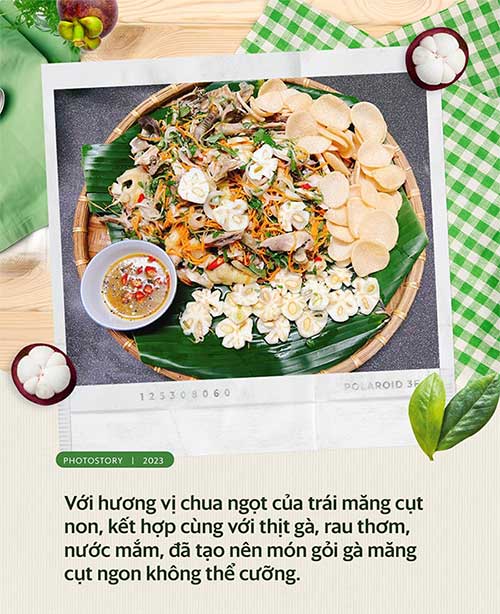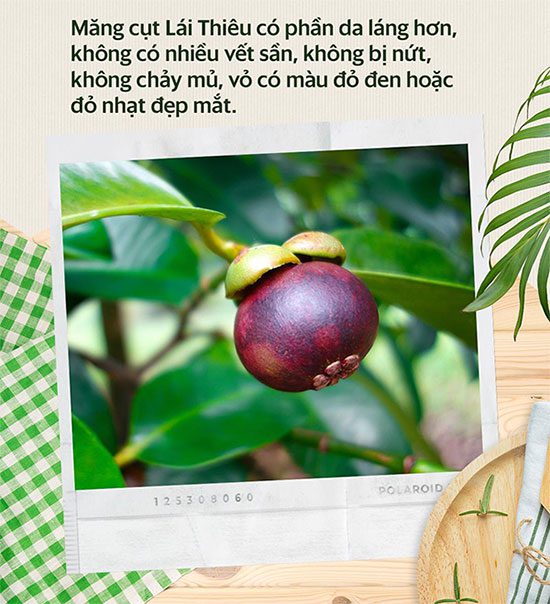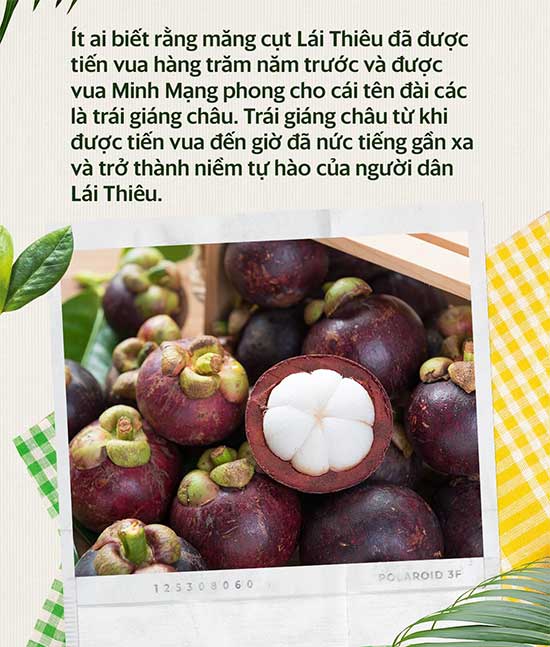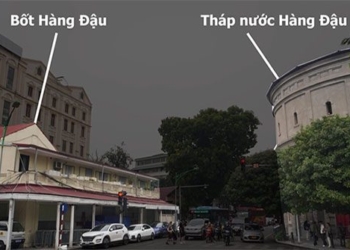Recently, the dish “Chicken Salad with Mangosteen” has become a phenomenon, “shaking up” the online community and sparking curiosity about the origins of the mangosteen, often referred to as the “queen of fruits.”
Simply searching for the keywords “Chicken Salad with Mangosteen” or “mangosteen” on social media will reveal a plethora of review clips from many famous vloggers and TikTokers. This clearly indicates the popularity of mangosteen this summer. This fruit is particularly special because, at first glance, its rough exterior does not leave a strong impression. However, when cut open, we are greeted by the glistening white flesh inside, which is “inviting”, offering a delightful combination of sweetness and a hint of sourness that is incredibly appealing.

The Chicken Salad with Mangosteen is creating a buzz recently.
Mangosteen, scientifically known as Garcinia mangostana, is a fruit tree that thrives in tropical climates, originating from the Sunda Islands and the Moluccas of Indonesia. The mangosteen tree primarily grows in Southeast Asia, where the soil in Southern Vietnam is particularly suitable for this fruit, and it can also be found in tropical regions of South America such as Colombia, Kerala in India, and Puerto Rico…
The fruit of the mangosteen tree is sweet and fragrant, slightly fibrous, with juicy white segments. The outer skin is a deep purple, but the inside reveals a beautiful wine-red hue when ripe. Each fruit contains edible flesh with a fragrant aroma surrounding each seed, and each fruit typically has between 6 to 18 segments that are sweet and uniquely delicious.
Like many other fruits, mangosteen is sweet due to its high sugar content, including sucrose, fructose, glucose, and possibly maltose, all of which are beneficial to health.
Moreover, mangosteen from Vietnam contains various compounds such as garcinon A, B, C, D, E, mangostinon, garcimangoson A, B, C, gartanin, egonol, epicatechin, procyanidin, and benzophenone glucoside, which are active substances that inhibit enzymes and may aid in the treatment of diabetes and high blood pressure.
Mangosteen is also rich in vitamin C and contains up to 81 other types of vitamins. This fruit is considered a “super fruit” due to its nutrient composition. Not only is it high in vitamins, but scientists have also measured significant levels of minerals such as iron, phosphorus, calcium, and potassium, especially fiber.


Mangosteen has been grown in Lai Thieu since the mid-19th century.
Since the mid-19th century, Western missionaries brought the mangosteen tree to Lai Thieu (Binh Duong) for experimental cultivation. Since then, Lai Thieu has become one of the first and earliest mangosteen cultivation regions in Vietnam. Due to its favorable soil and climate, mangosteen from Lai Thieu is known for its exceptional flavor and distinct aroma.
Around the lunar months of November and December, the mangosteen orchards begin to bloom, and by May of the lunar calendar, the harvest season starts. Compared to mangosteen from other regions, Lai Thieu mangosteen has a smoother skin, fewer blemishes, does not crack or ooze, and the skin has an attractive reddish-black or light red color.
Additionally, mangosteen grown in Lai Thieu is easily recognizable due to its relatively small size, short stem, uneven shape, and thin skin that is easy to peel. The flesh is sweet with a hint of mild acidity, and the texture is both soft and smooth.




















































